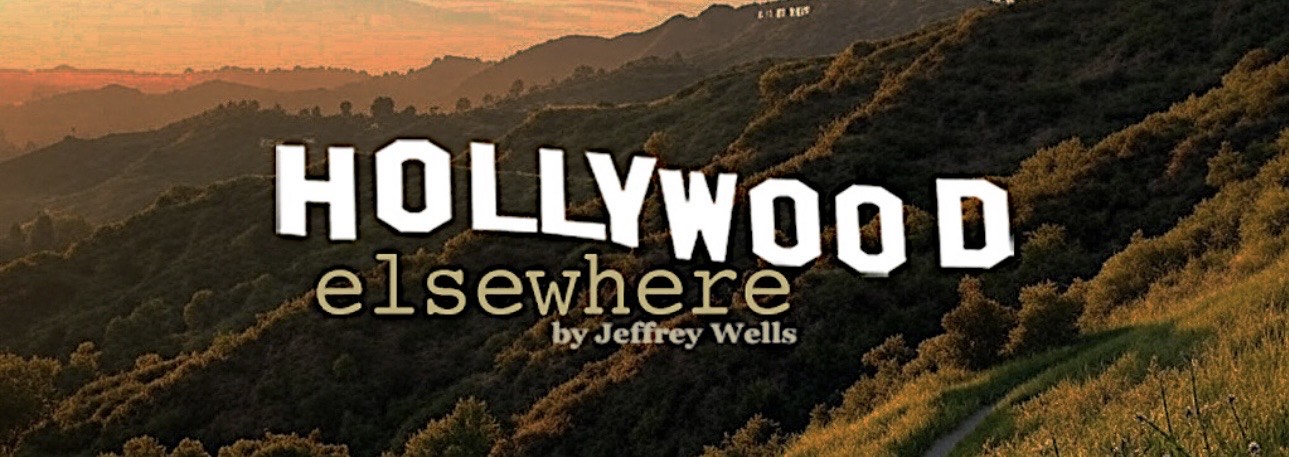The above-mentioned conclusion to John McElwee’s Greenbriar Pictureshow piece on “The Shane Showdown” asks what director George Stevens publicly said about the 1.66 presentations of his film, which was shot between July and October of 1951 at 1.37. Any public statements Stevens may have made are, of course, immaterial. He shot the film at 1.37, period. Anything Stevens said in the wake of Shane‘s April 1953 release can be read as mere political tainted, given his natural interest in wanting Shane to be a commercial success and not wanting to throw any spitballs at Paramont.
Nonetheless McElwee offers a Stevens quote from a 5/8/53 edition of Variety. “New screens to stimulate and hold audience interest must have height as well as width,” Stevens said, adding that “it’s wishful thinking and nothing more to look at the large screen and see in it the miracle that will cure [a given] film’s problems.”
McElwee also offers a 5.3.53 comment on the two versions of Shane from N.Y. Times critic Bosley Crowther, the first seen at a private screening room and the second at the Radio City Music Hall:
“Let’s not be secretive about it,” Crowther wrote. “Shane on the Music Hall’s large screen looks not one whit better to this viewer than it did on the screen of a preview room. For purposes of comparison, we caught the film first in a preview where its handsome display of western drama filled the whole end wall of the small room. And then we saw it in the theatre, where the ratio of the screen was slightly changed — not quite as tall as usual in proportion to the width — and we’ve got to confess the grandeur of it was slighter, if anything.
“Does the moderate enlargement of the screen and the slight alteration of its aspect ratio really do anything to improve the pictorial magnificence and dramatic qualities of such a fine film as Shane?,” Crowther asked. “It is the opinion of this viewer, based on studious observation, that it does not. If anything, the fractional narrowing of the shape of the screen cuts it down. Many of its separate compositions are in the up-and-down vertical plane — just as many are in the horizontal — so the post-imposed narrowing of the frame detracts just that much from the harmony of the vertical image.”
